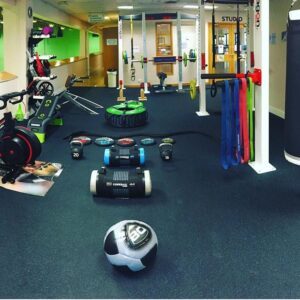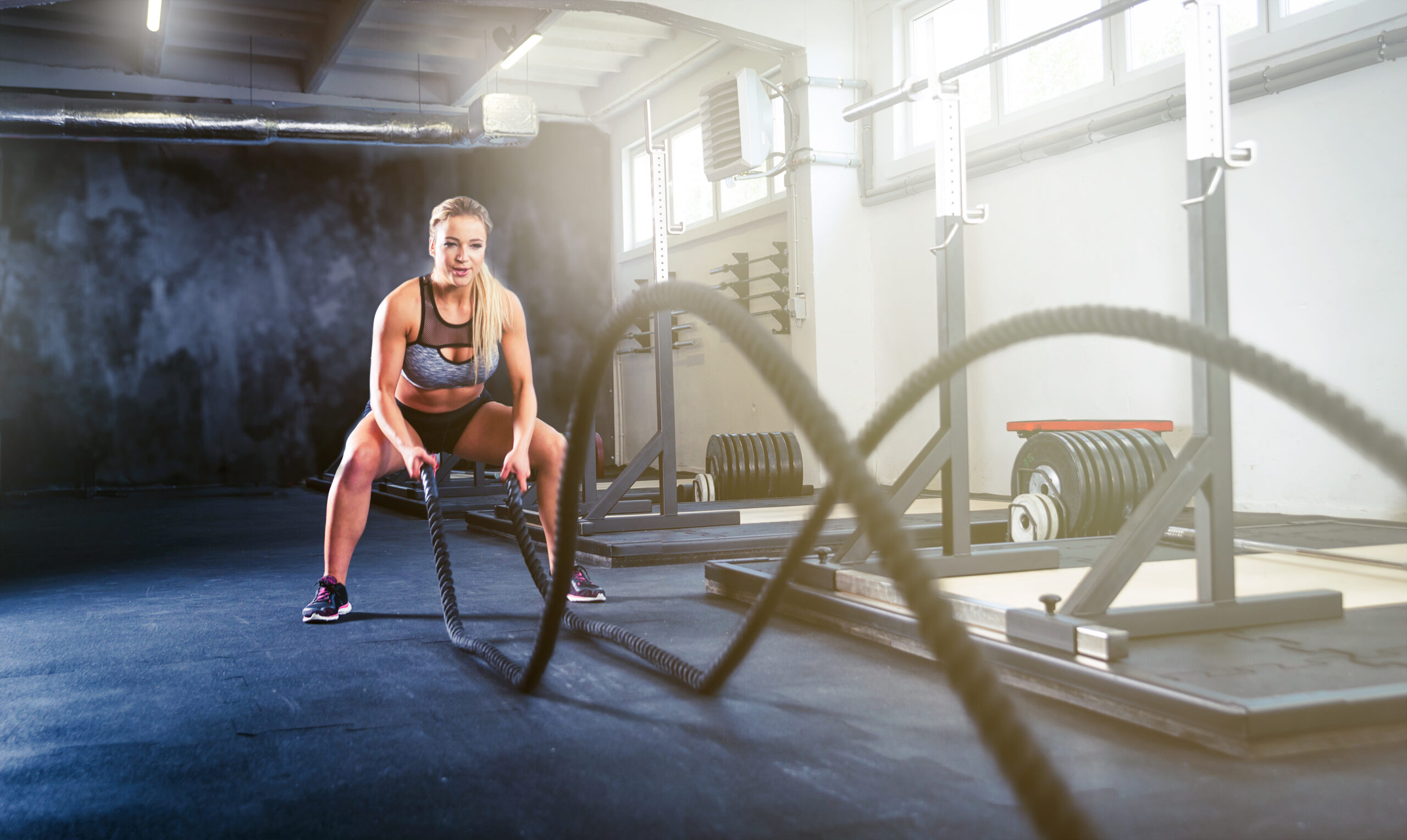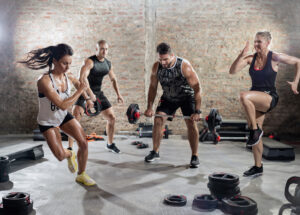Functional fitness
When it comes to motivation to get and stay healthy, there are a variety of reasons.
To maintain good health, to keep weight under control, to train for a specific challenge, to look good – the reasons are many and varied.
Training for real life
For many people however, the main reason for doing fitness activities is to ensure they can continue to live life to the full and undertake any tasks they are given. This is known as functional fitness. Functional fitness focuses on building a body capable of doing real-life activities in real-life positions, not just lifting a certain amount of weight in an idealised position created by a gym machine.
How to incorporate functional fitness into your regime
So how can you turn your regular weights session in the gym into a functional fitness training session? Well, some exercises are functional by their very nature. A squat is a functional exercise because it uses all the muscles that you call upon when you get up from a chair or pick up a low object. A bicep curl, on the other hand, is not – can you think of a time when you replicate that exact action in everyday life?
Functional fitness exercises can be done at home or at the gym. Gyms may offer functional fitness classes or incorporate functional fitness into boot camps or other types of classes. Exercise tools, such as fitness balls, kettle bells and weights, are often used in functional fitness workouts.

The difference between conventional weight training and functional fitness is that conventional weight training isolates muscle groups, but it doesn’t teach the muscle groups you’re isolating to work with others. Functional fitness teaches all the muscles to work together efficiently.
When you are devising a functional fitness circuit think about the exercises that incorporate many body parts and muscle groups working together. A Turkish Get-up is a great example. You lie on the floor holding a weight above your head and, keeping the weight in the above head position, you get to your feet – so many muscle groups are used in this exercise. And if a number of reps are carried out, it raises your heart rate too, adding a cardio element to the training.
Examples of exercises you can do
Here some examples of some functional exercises.
A bent-over row, where you are leaning over a bench, holding the weight in one hand with your arm hanging straight down. You then pull the weight up as your elbow points to the ceiling, finishing with your upper arm parallel to the ground. The exercise mainly works the back, the shoulders, the arms and the chest. It also works the whole body, because the legs are taking the weight and the stomach is working hard to keep your body in position.
Compare that motion to a carpenter bending over a piece of wood, a nurse bending over a bed to transfer a patient, or a car mechanic bending over the car engine to do some work on the engine. Anyone doing a bent-over row will find there is a transferable action in things you do in normal life.
Four functional exercises you can do in the gym
Power clean
Lift a weights bar from the floor to your chest in one swift movement. Start with knees bent and back straight. Generate power through your legs. This exercise is all about whole body explosiveness. Lift the weight from the floor to your chest. You will be using your ankles, calves, hamstrings, quads, hip flexors, as well as your core and arms.
Overhead press
Lift the weight bar from your chest to an overhead position, with your arms straight. The movement replicates throwing, pushing and lifting. And you are standing, which means you are pushing through your legs as well.
Chin-up
Using a bar, hang with your arms almost straight. Now pull up until your chin is over the height of the bar. In effect, you are pulling your entire body weight upwards. This sort of movement might transfer to climbing, dragging objects, wrestling.
Overhead press with a lunge
Start in standing position, holding dumbbells, push your arms above your head. Maintaining that position, lower your right knee to the floor, then your left knee. Still holding the dumbbells above your head, reverse your leg movements until you are standing. Repeat 20 times, leading with the right leg for 10, then the left leg for 10.
This exercise works the shoulder stabilisers and core stabilisers as you move dynamically from kneeling to standing. Take your time with the exercise and feel how your shoulders and core work hard to stabilise the dumbbells above your head.
Balance is key
This does not mean that conventional weight training is to be avoided. A good weight training session will combine elements of both. Integrating functional fitness exercises into your work out, ensures a full range of muscles are being worked. This will give you greater stability and fitness for everyday life.









